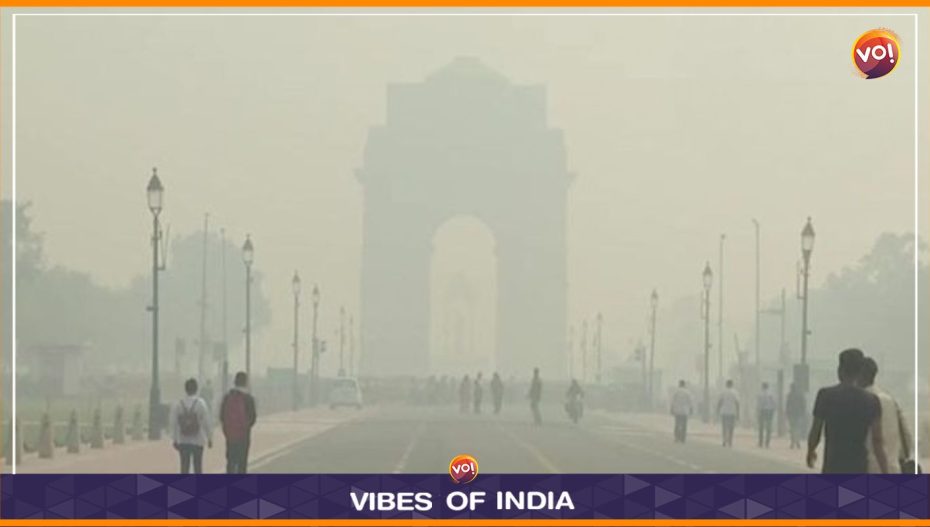Days ahead of Diwali, the air quality index in Delhi-NCR slipped into the ‘severe’ category with the indice measuring as much as 486 in some areas.
An air emergency has been declared in the city with Delhi chief minister Arvind Kejriwal announcing the shutting down of all government and primary schools on Friday and Saturday.
The Delhi government imposed a ban on non-essential construction activities and on the plying of BS-3 petrol and BS-4 diesel cars in Delhi, Gurugram, Faridabad, Ghaziabad and Gautam Budh Nagar.
On Friday morning, the overall AQI in Lodhi Road area at 438, Jahangirpuri 491, RK Puram area 486 and around IGI Airport (T3) 473.
An AQI between zero and 50 is considered good, 51 and 100 satisfactory, 101 and 200 moderate, 201 and 300 poor, 301 and 400 very poor, and 401 and 500 severe and above 500, it is hazardous.
Scientists have warned of further deterioration in the air quality. On Thursday 10pm, the AQI dipped to 422, the worst of this season. The 24-hour average AQI was 364 on Wednesday, 359 on Tuesday, 347 on Monday, 325 on Sunday, 304 on Saturday, and 261 on Friday.
The concentration of PM2.5 has exceeded the safe limit of 60 micrograms per cubic metre by seven to eightfold at multiple locations.
Smoke from stubble burning accounted for 25% of the PM2.5 pollution in Delhi, a model-based study by the Indian Institute of Tropical Meteorology in Pune revealed. It may go up to 35% to 40% in coming days.
Delhi’s air pollution peaks between November 1 and 15 when the stubble burning by the farmers of Punjab and Haryana increases. The Commission for Air Quality Management reported that this year the incidents of stubble burning in both Punjab and Haryana reduced since September 15 but there was a significant jump in the last few days.
Section 144 has been invoked in Gurugram in the wake of the worsening air quality index. Noida and Greater Noida too come under GRAP III restrictions starting from Friday.
Banned activities in Delhi under GRAP III include demolition works, loading and unloading of construction materials anywhere within or outside the project sites, transfer of raw materials either manually or through conveyor belts, including fly ash, movement of vehicles on unpaved roads, operation of batching plant, laying of sewer line, waterline, drainage work and electric cabling by open trench system, cutting and fixing of tiles, painting, polishing, road construction/ repair works including paving of sidewalks/pathways and central verges etc.
Delhi Metro will run 20 extra trains as people are encouraged to ditch cars and use the metro.
The government will also increase the frequency of mechanised sweeping of roads and ensure daily water-sprinkling along with dust suppressants.












